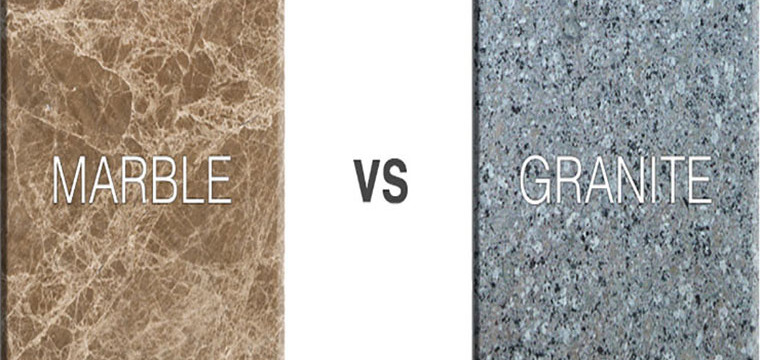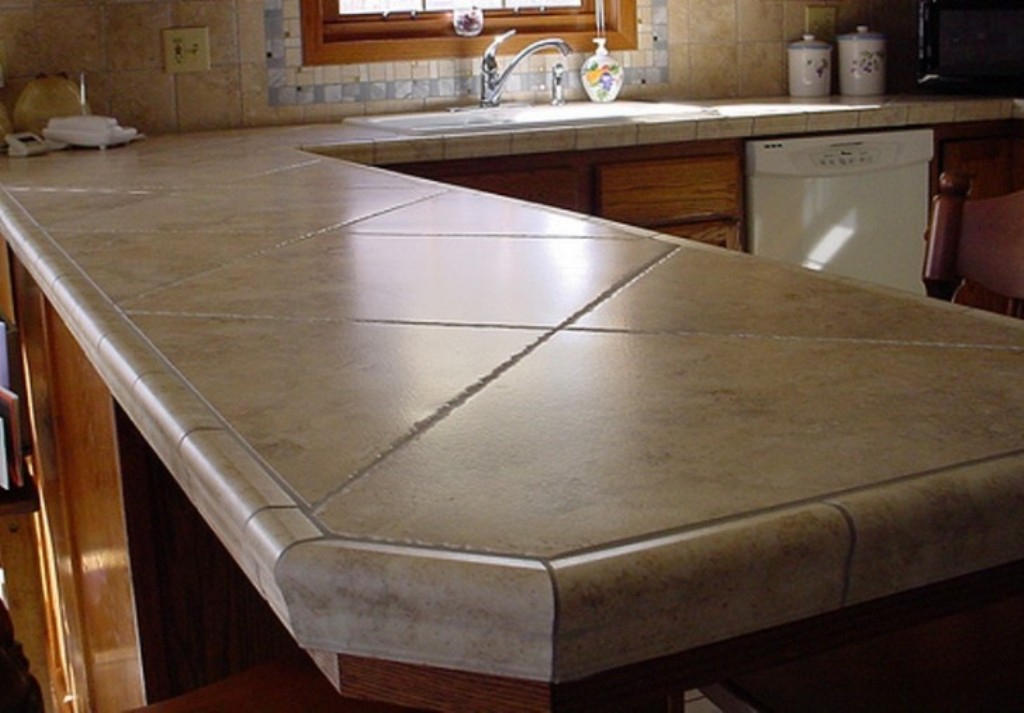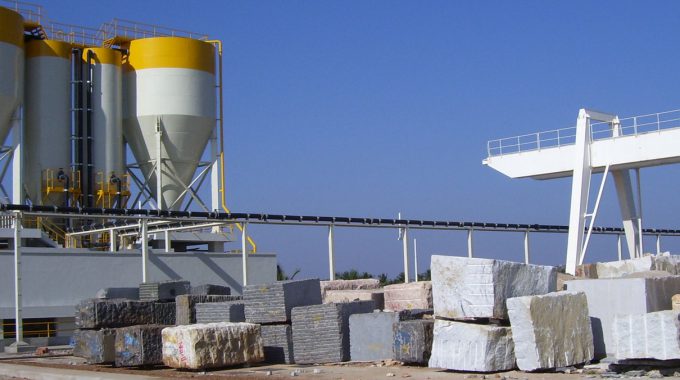As granite and marble became very popular materials for kitchen and bathroom countertops across the United States during the last decade, home owners have become more and more interested to know the differences between these two natural stones. Many home owners want to know which material is suitable for kitchen countertops, what is preferred for bathroom vanity tops, what stone is good for outdoor kitchens, if marble can be used as kitchen counters, and so forth.
As part of educating the consumer, Arch City Granite & Marble in St.Louis presents this article to compare and contrast granite and marble.
Both granite and marble are naturally found stone materials that are quarried directly from the earth. Although marble and granite have some basic similarities, they have significant differences as well.
Your decision between installing marble and granite counters in your home depends on the location of the counters and how you will use and maintain them.
Origin of Granite and Marble
Granite originates by solidification and cooling of Magma deep within the earth over a period of millions of years. It is classified as an igneous rock because of its origin from the cooling down of molten Magma. During the process of heating and then slow cooling, granite forms as an exceedingly hard material.
Granite consists of mainly Feldspar, Quartz which are very hard minerals.
Marble is classified as metamorphic stone because it is created by the transformation of another type of stone called sedimentary stone. Sedimentary rocks form from sediments in the earth combined with buried plant life under the earth over a long period of time. These sedimentary rocks get metamorphosed into marble under intense heat and pressure. This process incorporates other minerals into the marble that can give the stone attractive colors.
So basically, Marble originates as limestone and transforms into marble. Marble mainly consists of Calcium Carbonate which is much softer than the components of granite.
Appearance
Granite and marble have a slightly similar appearance; however, upon close examination, you can detect specific differences. The natural color variations that appear in both granite and marble differ between the two stones.
Granite color variations generally appear as flecking throughout the stone. Marble color variations resemble colorful veins that swirl through the stone.
Granite
Granite has a hardness of 6 to 7 on the Mohs scale. Granite easily resists scratches and damage from heat, making it an ideal material for kitchen counters both inside the home and outside. Granite counters will not scuff or discolor from everyday household activities.
Marble
Marble has a hardness of 3 to 5 on Mohs scale. Marble lacks the same durability as granite and it will suffer damage from common kitchen tasks such as cutting. Contact with hot pans and dishes may also damage marble. As a surface, marble is a more suitable choice for low-traffic spots such as bathroom vanities, fireplace surrounds and decorative accents.
Usage of marble for kitchen countertops has become a new trend in United States, especially the marble quarried in Vermont popularly known as Danby Marble. Danby Marble has a better water absorption rate and better hardness compared to the classical marble materials like Carrara or Calcutta. Home owners have to be diligent about the maintenance and strictly follow the sealing application routine. Our stone professionals at Arch City Granite can explain to the home owners the details of marble maintenance when it is used as a kitchen countertop material.
Stain Resistance
The metamorphic attributes of marble results in a more porous material. The porosity of marble will result in absorption of some materials upon contact. For example, some foods or liquids (such as tomato sauce), wine, juice, lemons and vinegar will absorb into marble and cause permanent staining.
The extreme density of granite makes it capable of resisting virtually all stains from foods and liquids. Even acidic liquids like vinegar will not permeate granite as long as you maintain an effective sealant barrier on the granite.
Sealants
Both granite and marble need sealing to keep the materials beautiful. Prior to or immediately after installation, a professional will apply sealant to both materials as a measure of preventing damage.








